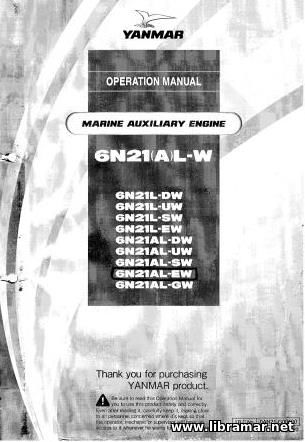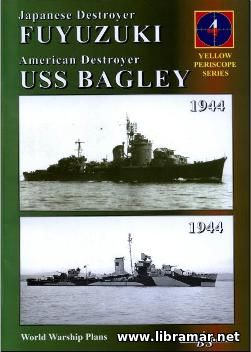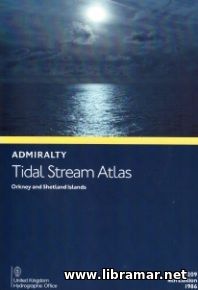Conditions of the Load Line Assignment

General
It is of vital importance that there be provided efficient means of protection for all openings to the hull and superstructures, for the protection of the crew in heavy weather and for the rapid freeing of water from the weather decks. The regulations to ensure compliance with these considerations are grouped together as Conditions of Assignment.
By the terms of the International Load Line Convention (ICLL, 1966), freeboard may not be officially assigned until the ship has been inspected and a qualified surveyor representing the Administration of the flag country is willing to certify that the Conditions of Assignment have been met.
These Conditions of Assignment must not only be complied with initially but they must be at all times maintained in satisfactory condition. Their vital importance is recognized in the regulations which call for annual inspections to be made by the assigning authorities' Surveyors to ensure that, in fact, they have been maintained in satisfactory condition for the continued validity of the 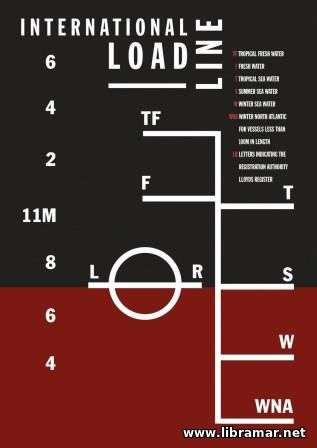 Load Line Certificate.
Load Line Certificate.
In the Convention (ICLL, 1966) repeated in the Regula¬tions (46CFR42), are the specific formulas for minimum height of openings, strength, deflection, etc. for each of the items covered by the following subsections. They are described here in general form so that one realizes that a significant portion of load line review and freeboard assignment is dependent upon the watertight integrity of the hull, and the weathertight integrity of the ship's topside area.
Hatchways
Most important, because of their size, are the cargo hatchways. Standards are set forth in the regulations for the construction, heights of coamings, the covers, and the fittings of all exposed hatchways on the freeboard and superstructure decks. Hatchways inside superstructures must meet standards which depend upon the type of closing appliances fitted on the access openings in the end bulkheads.
The requirements for hatch coaming heights and hatchway covers, and their supports, comprise a standard of strength and protection. Coamings may be reduced in height, or eliminated altogether, in association with gasketed metal covers, subject to the approval of the flag administration. While the regulations specify strength criteria, the rules of most of the classification societies contain formulas for hatchcover and beam design which provide equivalent strength.
Machinery Casings
Machinery space openings on the exposed portions of the freeboard deck or superstructure decks, or within open structures, must be provided with steel casings, with any opening fitted with steel weathertight doors. Openings in required machinery casings must have specified minimum sill heights. Machinery access hatch openings are to have permanently attached steel weather-tight covers. Exposed machinery casings of Type A ships cannot have direct access from the freeboard deck to the machinery space.
Other Openings in Deck and Shell
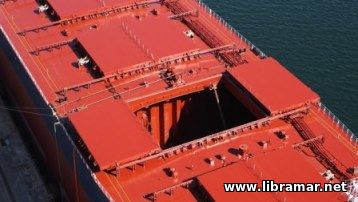 Other openings include ventilators, air pipes, hull piping, and air ports.
Other openings include ventilators, air pipes, hull piping, and air ports.
Ventilators on exposed positions on the freeboard and superstructure decks leading to spaces below the freeboard deck, or to enclosed superstructures, are to be fitted with coamings of minimum height, depending upon the location, and with provision for temporary means of closing.
Air pipes from ballast tanks or other tanks below the freeboard deck, which extend above the freeboard deck or superstructure deck, are to be provided with a permanently attached means of closing.
In the sides of the vessel, the numerous small openings required present a problem in maintaining the intactness of the vessel. Each overboard discharge pipe leading from spaces below the freeboard deck must have an automatic non-return valve with positive means for closing from an accessible position above the freeboard deck, or in some instances, two automatic non-return valves without positive means of closing may be allowed if the inboard valve is always accessible in service. Scuppers or sanitary discharges from superstructures or deckhouses may also be required to have similar protection.
Portholes in superstructures on the freeboard deck or in the hull are required to be fitted with hinged deadlights. Any other openings in the shell below the freeboard deck such as gangway or cargo ports must have closures designed to ensure watertightness and structural integrity.
Miscellaneous Conditions of Assignment
Guard rails or bulwarks, gangways, lifelines, or other means must be provided for the protection of the crew in its operation of the vessel and for getting to and from their quarters. Deckhouses used for the accommodation of the crew are to be of adequate strength. Where bulwarks on the weather portions of freeboard or superstructure decks form wells, ample provision is made for freeing the decks rapidly of water and for draining the wells. The draining area re¬quirement is based on the length and height of the bulwark. In ships with no sheer or in those fitted with trunks restricting free flow of water across the deck, adjustments are made by increasing the freeing port area requirements to a degree.
Information to be Supplied to the Master
The master is to be furnished with sufficient information in an approved form satisfactory to the administration of registry. This is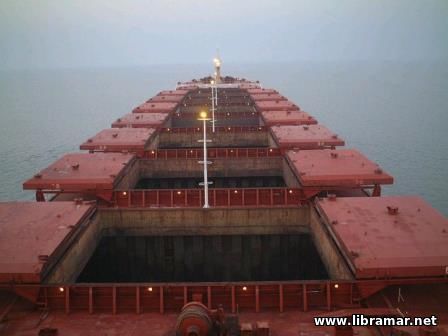 to enable the master to arrange for the loading and ballasting of his ship in such a way as to avoid the creation of any unacceptable stresses in the ship's structure. In some cases, based on the length, design, or class of ship, the administration may consider this requirement unnecessary. In addition, the master is to be supplied with sufficient information in an approved form to give him guidance as to the stability of the ship under varying conditions of service.
to enable the master to arrange for the loading and ballasting of his ship in such a way as to avoid the creation of any unacceptable stresses in the ship's structure. In some cases, based on the length, design, or class of ship, the administration may consider this requirement unnecessary. In addition, the master is to be supplied with sufficient information in an approved form to give him guidance as to the stability of the ship under varying conditions of service.
Timber Deck Cargos
Timber deck cargo refers to a cargo of timber carried on an uncovered part of a freeboard or superstructure deck. Such cargo may be regarded as providing the ship with certain additional buoyancy and a greater degree of protection against the sea. For that reason, ships carrying a timber deck cargo may be granted a reduction of freeboard calculated basically in accordance with the requirements for Type В ships with additional conditions stipulated relating to construction, stowage of the timber cargo, stability, protection of crew, and access to machinery and other such spaces necessary for the safe operation of the ship.
The "Read Later" function allows you to add material to this block with just one click. Just click on the icon and read the articles that interest you at any convenient time.
